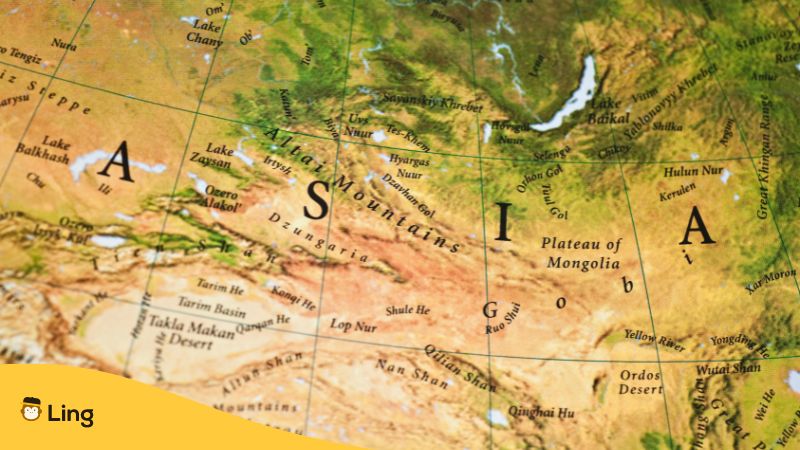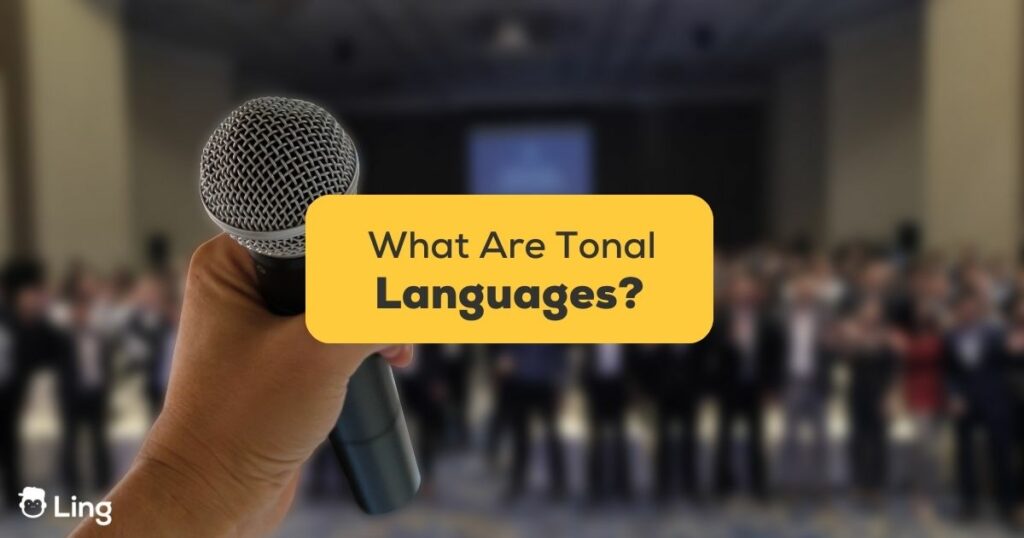“What are tonal languages?” you might wonder as you hum your favorite tune. Imagine a world where verbal communication borrows a leaf from your melodious playlist—every note, pitch, and rhythm carrying a specific meaning that unlocks the door to understanding. Let’s satisfy your curiosity by taking a fascinating stroll through the language park, where tonal languages perform their symphony!
What Are Tonal Languages?
To the uninitiated, all languages may seem the same – words strung together by grammatical rules to make sense of our thoughts and ideas. But, oh, the web of language has so much more to it! Let’s dive into one such intriguing aspect: tonal languages.
Tonal languages, like a rhythm-infused piece of your favorite music, use pitch (the rise and fall of the voice) to create meaning. Rather than being mere melodic embellishments, these variations in tone can entirely change the meaning of a word. Think of it as the thrill of a rollercoaster ride; the ups, downs, twists, and turns make all the difference — from an exhilarating adventure or a calming scenic tour.
Among the most famous tonal languages are Mandarin Chinese, Thai, and Vietnamese. In Mandarin, for example, the word “ma” can mean mother, horse, or even scold, depending on the pitch pattern. It’s almost like a linguistic secret code, where the key to the meaning lies not only in the spoken word but also the voice’s peaks and valleys.
So, while they may require a well-tuned ear, tonal languages also throw open a door to a rich, melodious world of communication. They challenge the language learner to listen more closely and speak with more nuanced attention to pitch — an exercise that really turns up the volume on language appreciation!
Examples Of Tonal Languages
Let’s begin by citing tonal languages and sample words that can change their meanings depending on how they are spoken:
| Language | Example Word | Tone Variation Explanation |
| Mandarin Chinese | “Ma” | Depending on tone, “ma” can mean “mother,” “hemp,” “horse,” or serve as a question marker. |
| Thai | “Mai” | The pitch of “mai” determines whether it means “wood,” “new,” “burn,” “silk,” or “not.” |
| Yoruba | “Ba” | In Yoruba, the tone of “ba” can indicate “to carry,” “to refuse,” or “to be born.” |
| Vietnamese | “Ma” | Vietnamese has six tones, changing “ma” from “ghost” to “rice seedling” based on tone. |
| Cantonese | “Ngóh” | In Cantonese, “ngóh” with different tones can mean “I,” “sister,” or “giraffe.” |

Why Are Asian Languages Tonal?
Historically, early versions of some Asian languages had many more sounds or phonemes than they do today. Over time, as these languages evolved, they began to shed some of these phonemes. But, language, being the spectacular orchestra conductor that it is, didn’t want to lose the meanings tied to those relinquished sounds. Enter: tones!
Tonal structures acted as perfect understudies, stepping into the spotlight to carry the weight of those meanings without skipping a beat. So, it’s not so much that Asian languages consciously decided to be tonal, but rather, these languages evolved this way, like a river finding the best course to flow. This happened predominantly in the Asian region due to linguistic and cultural patterns. The tonality in Asian languages – from Mandarin and Cantonese in China to Thai in Thailand and Vietnamese in Vietnam – serves as a testament to the dynamic evolution of language.
Is English A Tonal Language?
Well, not quite. While English does use intonation (the rise and fall of the voice) to express emotion, emphasize important words, or signal questions, the tonal fluctuations do not change the intrinsic meanings of words as seen in tonal languages. That’s why even on your grumpiest mornings, saying “coffee” won’t suddenly mean “tea.”
So, while enjoying its own kind of pitch-play, English keeps the melody but drops the meaning-altering harmony that tonal languages offer. There you have it – English, a beautiful symphony but not quite a tonal language!

What Is The Most Tonal Language In The World?
Many linguists agree that Chinese stands out as the most widespread tonal language. This fact is made even more challenging by how Chinese is subdivided into hundreds of regional dialects and languages. The local dialects do not carry out the same tonal features. For example, Cantonese has more tones, Mandarin has four, and Shanghainese is not as tonal as these two.
The four tones used in the Chinese language are flat, rising, falling, followed by a rising tone, and falling. It can also be possible when a word is pronounced without a specific tone, often called the fifth tone.
Is It Hard To Learn A Tonal Language?
Is it hard to study a tonal language? Yes, because some tones may sound similar, which can be difficult to differentiate for individuals not accustomed to tone-based linguistic systems. It can be challenging to learn a tonal language, especially when you are not used to the nuances and changes.
Even linguists who have studied Chinese for years and some native speakers still find it sometimes confusing to differentiate the tones. They resort to memorizing sentence delivery and familiarizing themselves with sounds to understand the language faster. The problem with this strategy is that you might get easily confused, especially when speaking with locals. You will only totally understand them if you listen carefully to how they speak.
Learn Tonal Languages At Ling
If you want to learn more about tonal languages – how they are spoken and how the delivery changes the meanings of words or phrases, it’s best to download the Ling app on your phone from the Play Store and App Store.
With Ling, you can learn tonal languages, including Vietnamese, Thai, Mandarin, Lao, and more. What’s more, it makes the process fun by presenting language lessons in various interactive ways. The best thing about it is that you can use the app whenever you want, as long as you have your gadgets connected online. Try it now!


































































